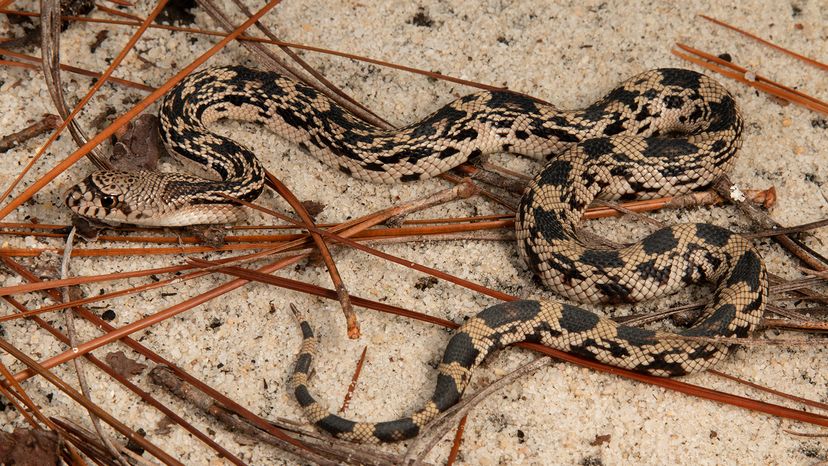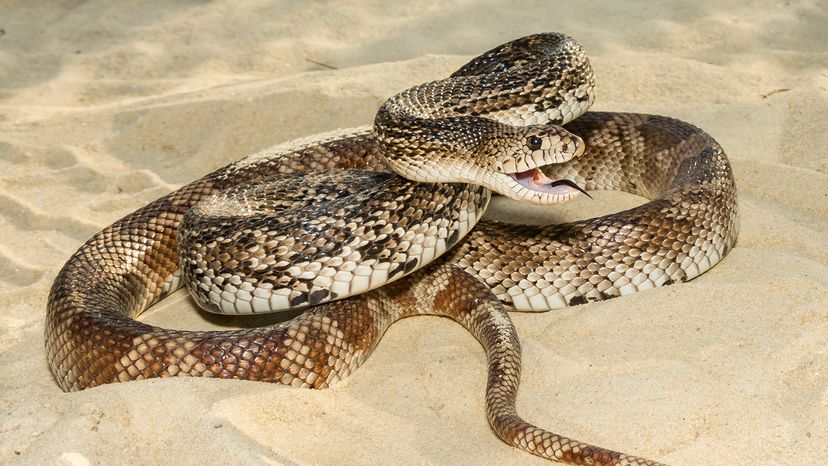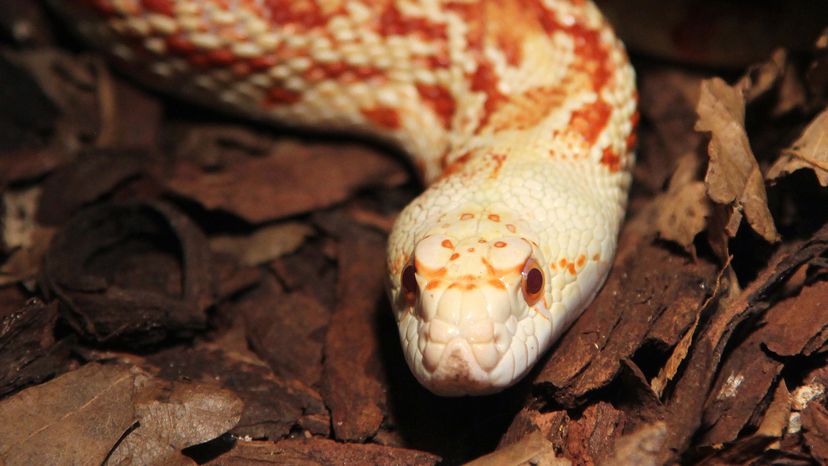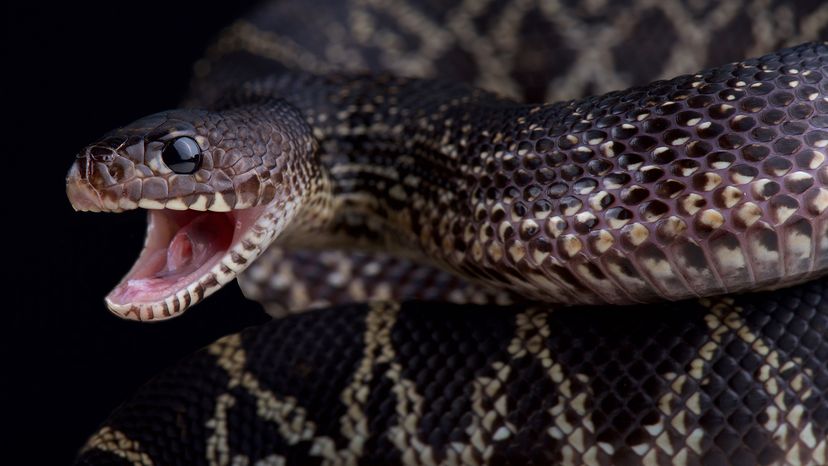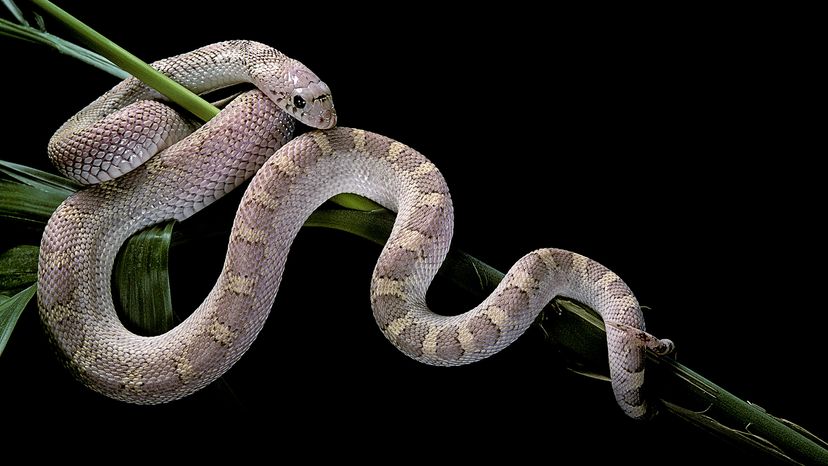
The pine snake is one of the most interesting and robust reptiles you'll find slithering through the pine woods and sandy soils of North America. Belonging to the species Pituophis melanoleucus, these nonvenomous snakes are known for their large size, powerful build and distinctive hissing sounds when threatened.
Pine snakes are adept burrowers, using their strong bodies to dig through sandy soil, making them well-suited to the pine forests they call home. They can be found in various regions of eastern and central North America, each adapting to its specific environment.
Advertisement
